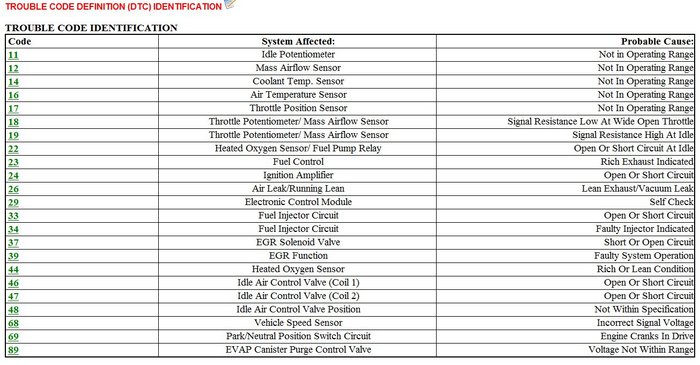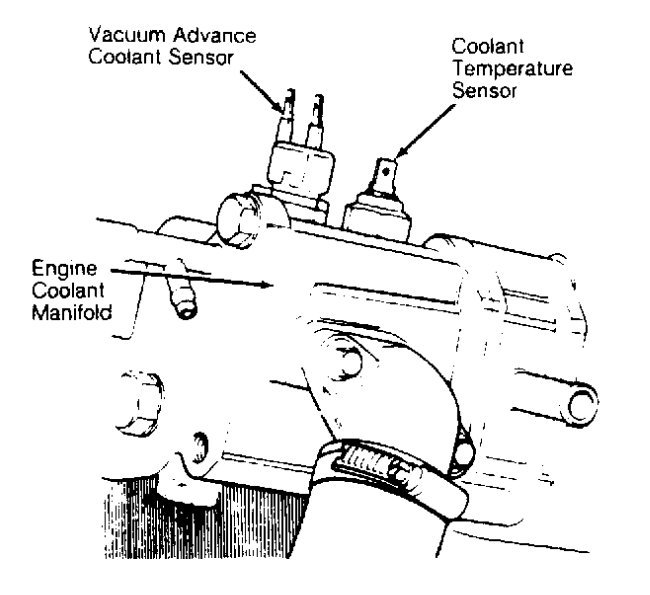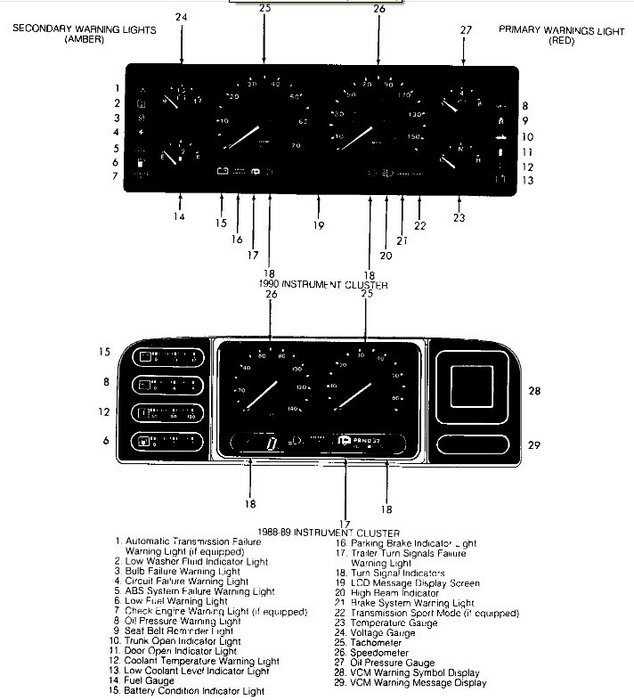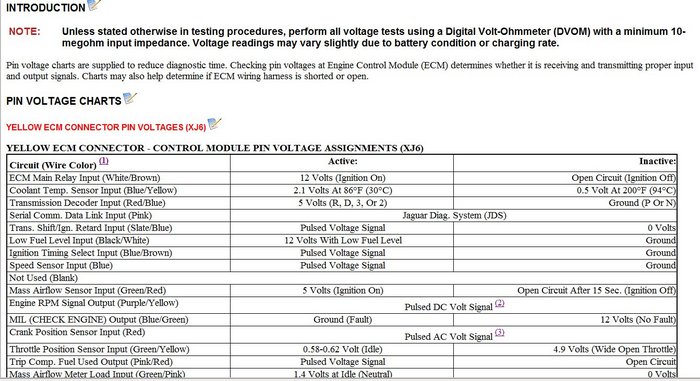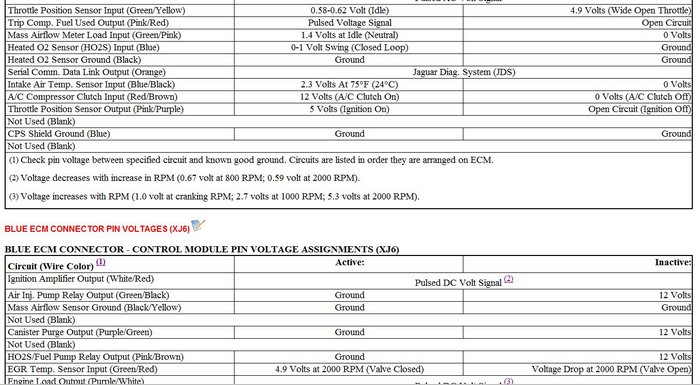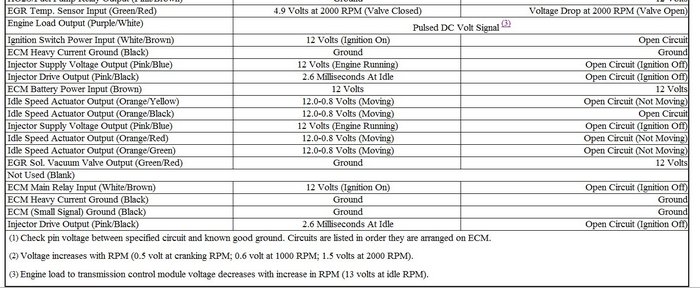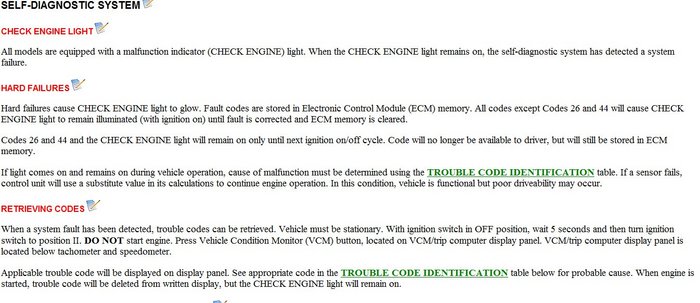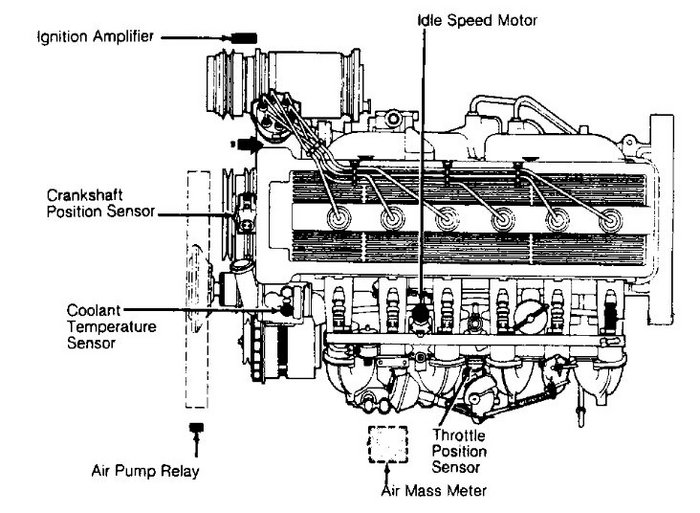The ignition amplifier is in the ignition spark circuit getting a signal to the ECU and then sending an amplified aignal from it to the coil then the coil sends a high voltage enrgey source for distribution to the distributor. The amplifier can be found on the right front inside the engine bay, I included FIG1 to show location. So, it is before the coil.
The fuel fail lead me to a trouble code #19, but was a little ambiguous about it, however it makes sense.
I mentioned the IACV before and it refers to checking that first, I included the tests that go with Fuel Fail #19. To test it you can locate it by looking on the intake manifold near the throttle body for a large solenoid that may have coolant lines running through it as it senses coolant temperature to control idle when starting. It will have an electrical connector which activates a solenoid to a plunger that changes some ports that can go around the throttle body butterfly valve. Remove the elctrical connector during start or after warmed up to see if idle changes. If it does not the IACV is totally shot. Sometimes they get too dirty to work right with high mileage and you have to remove them, you can keep coolant lines intact usually, and clean them so the plunger can move and also ensure that the ports are clear of carbon deposits. Before putting it back on, leave it connected to electrical connector and have someone start the car while you watch the plunger. It should react and move when you start the car and that indicates it is at least working. This does not mean it is keeping the proper idle though. There are not any specs that I could find for voltage test values, but I will continue to look. The Throttle Potentiometer or Throttle Position Sensor usually can be tested at closed and full open throttle for voltage, I think the pins to test on are given, if not you have to check the 2 possible combinations and you are looking for around.5 Volts at closed throttle and around 4.5-5.0Volts at WOT.
The Fuel Fail could also refer to fuel pressure, so if the problem persists if you have gone over and replaced items such as the IACV and TPS, you may have the fuel pressure checked. I think the most likley scenario is a weak spark from a failing amplifier and problem is made worse from failing IACV. You can find auto parts links over the web by using the search engine on this site to get good prices on parts you need.
Images (Click to make bigger)
Saturday, December 17th, 2011 AT 1:30 AM
